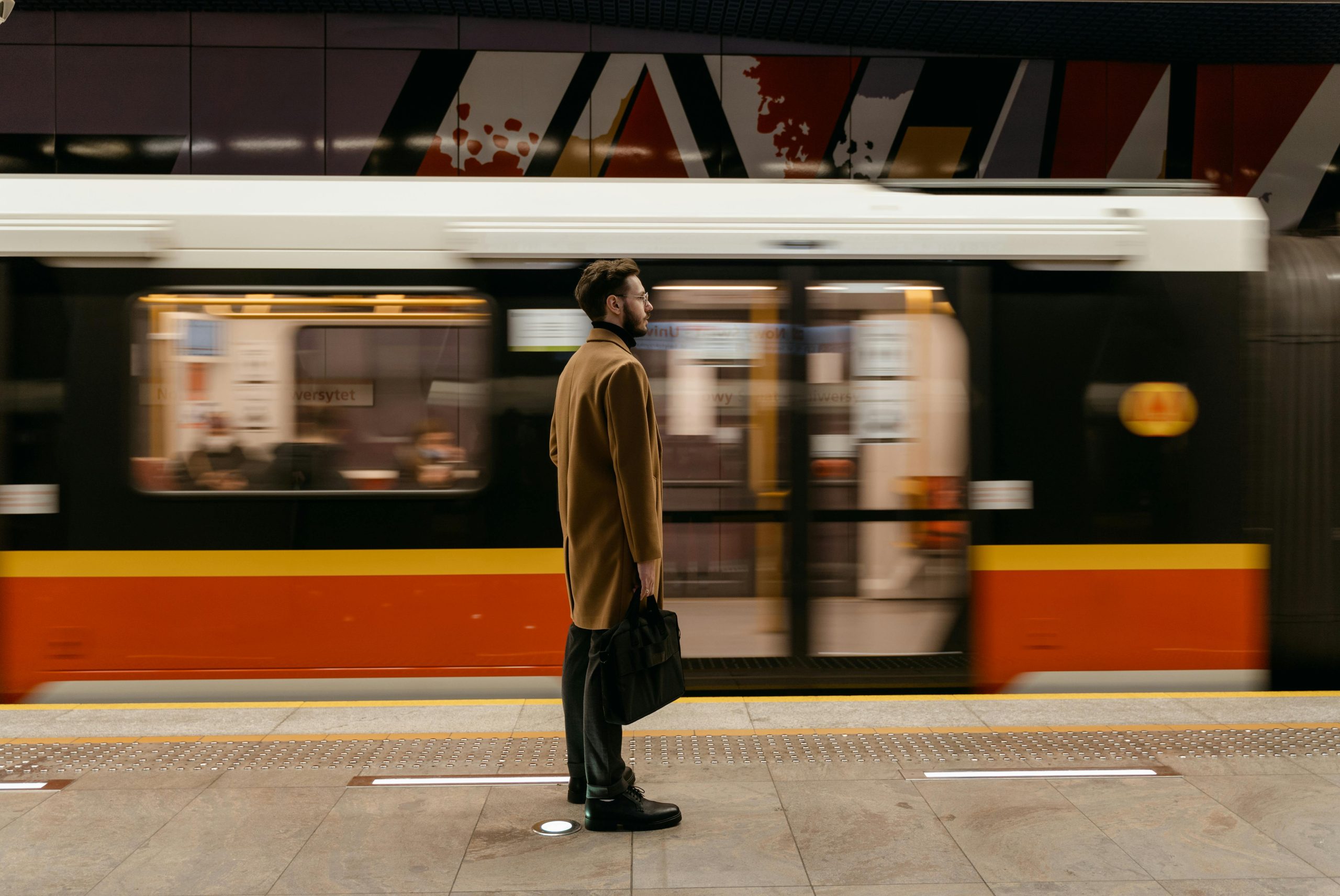Ensuring Passenger Safety: Do Underground Train Conductors Know When Someone Falls Between the Platform and the Train?
Safety on public transportation is a paramount concern for both passengers and transit authorities. Recently, I experienced a distressing incident at Tower Hill Station that has prompted me to reflect on the safety protocols in place for situations where a passenger falls between the platform and a train.
During my visit, I inadvertently slipped into what I would describe as more of a trench than a traditional gap between the platform and the carriage. Fortunately, with the assistance of two fellow passengers, I managed to extricate myself safely. However, this experience raised an important question in my mind: How do train drivers know if someone has fallen into that dangerous space?
In many underground and train stations, the design of platform-train interfaces includes various safety features, but it’s not always clear how effectively they detect such incidents. I observed that there appeared to be no staff members on the platform to signal or communicate with the driver in the event of an emergency like this. This lack of visible support led to feelings of vulnerability and concern about what might happen if such an incident occurred when no passengers were nearby to intervene.
Potential Safety Measures and Considerations
The question of whether train operators are automatically alerted to a passenger falling into the gap is a critical one. Some modern train systems are equipped with sensors or cameras that can help identify unusual obstructions or disruptions, but their implementation varies widely across transit networks.
Many stations rely on the vigilance of platform staff to monitor safety, but during off-peak hours or in less staffed stations, this safety net may be limited. This highlights the importance of comprehensive safety measures including:
-
Automated Gap Detection Systems: Utilizing sensors that can detect objects or persons between the train and platform.
-
Surveillance Cameras: Providing real-time monitoring to identify passengers in distress or accidents.
-
Clear Signage and Passenger Guidance: Educating passengers on safe positioning and awareness.
-
Staff Availability: Ensuring consistent staffing or accessible emergency communication points.
The way forward is to enhance the integration of technology with operational protocols to improve passenger safety. Transit authorities should assess existing safety mechanisms and consider deploying advanced detection systems to promptly alert train drivers and staff of any incidents.
Final Thoughts
While my personal experience thankfully resulted in a safe outcome, it underscores the importance of continuous improvement in safety measures within subway and underground systems. Passengers should feel secure in knowing that if an incident occurs, there are robust mechanisms in place for swift response and intervention.
If you


Enhancing Passenger Safety at London Underground Stations
As a London resident, I completely share your concerns. The safety of passengers navigating our extensive Tube network is of paramount importance, especially given the complexity and age of some stations.
Throughout my daily commute, I’ve noticed that while many stations have CCTV cameras and signage, proactive detection of incidents like someone slipping into the gap isn’t always guaranteed. This raises the question: How many stations are equipped with the latest safety technology, such as automatic gap detection or real-time alerts to train drivers?
Implementing advanced safety features could significantly reduce risks, especially during off-peak times when staff presence is limited. For example:
London Underground’s ongoing modernization efforts should prioritize these technological upgrades to deepen safety protocols. By investing in smarter detection systems and ensuring consistent staff presence or